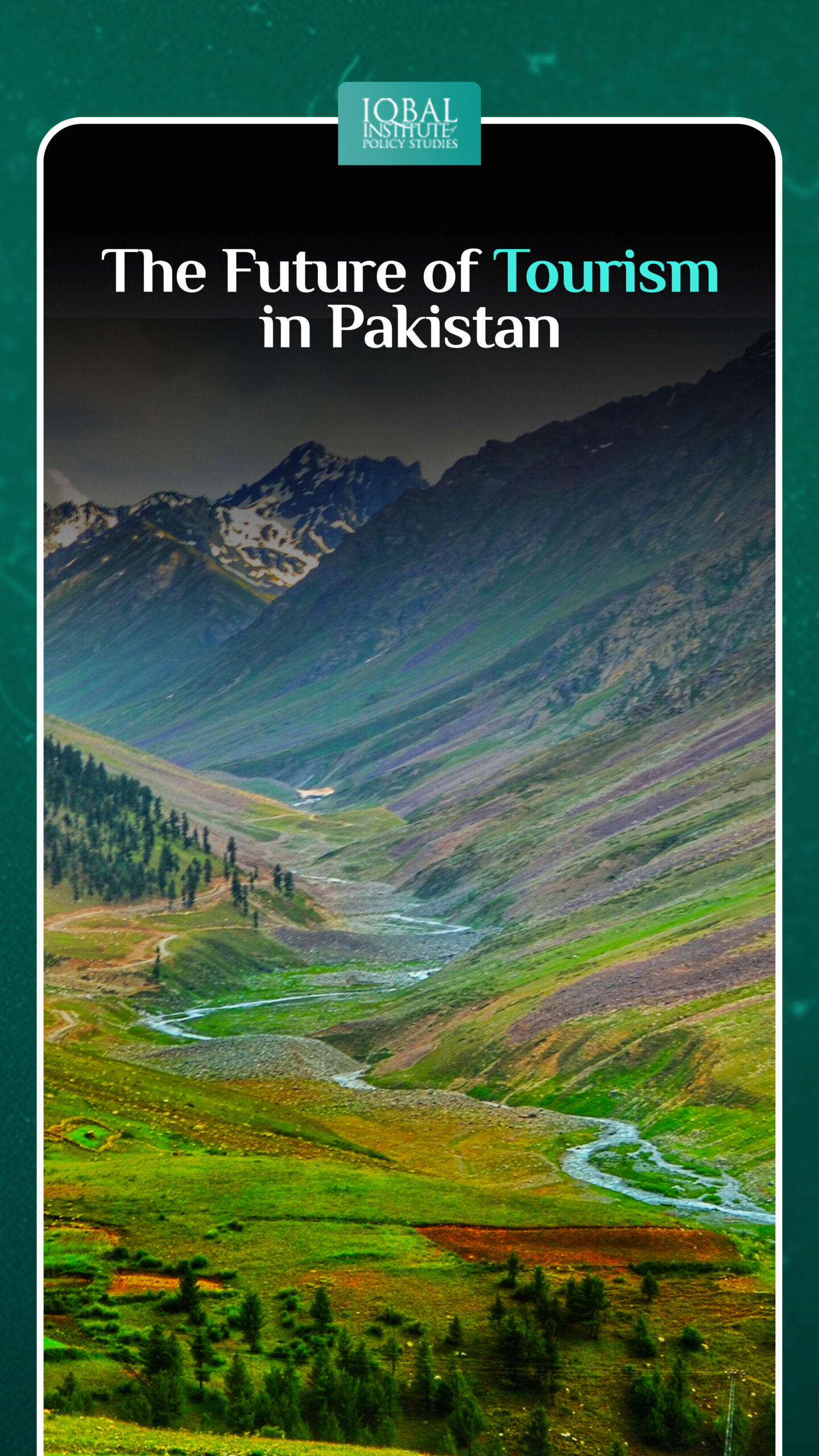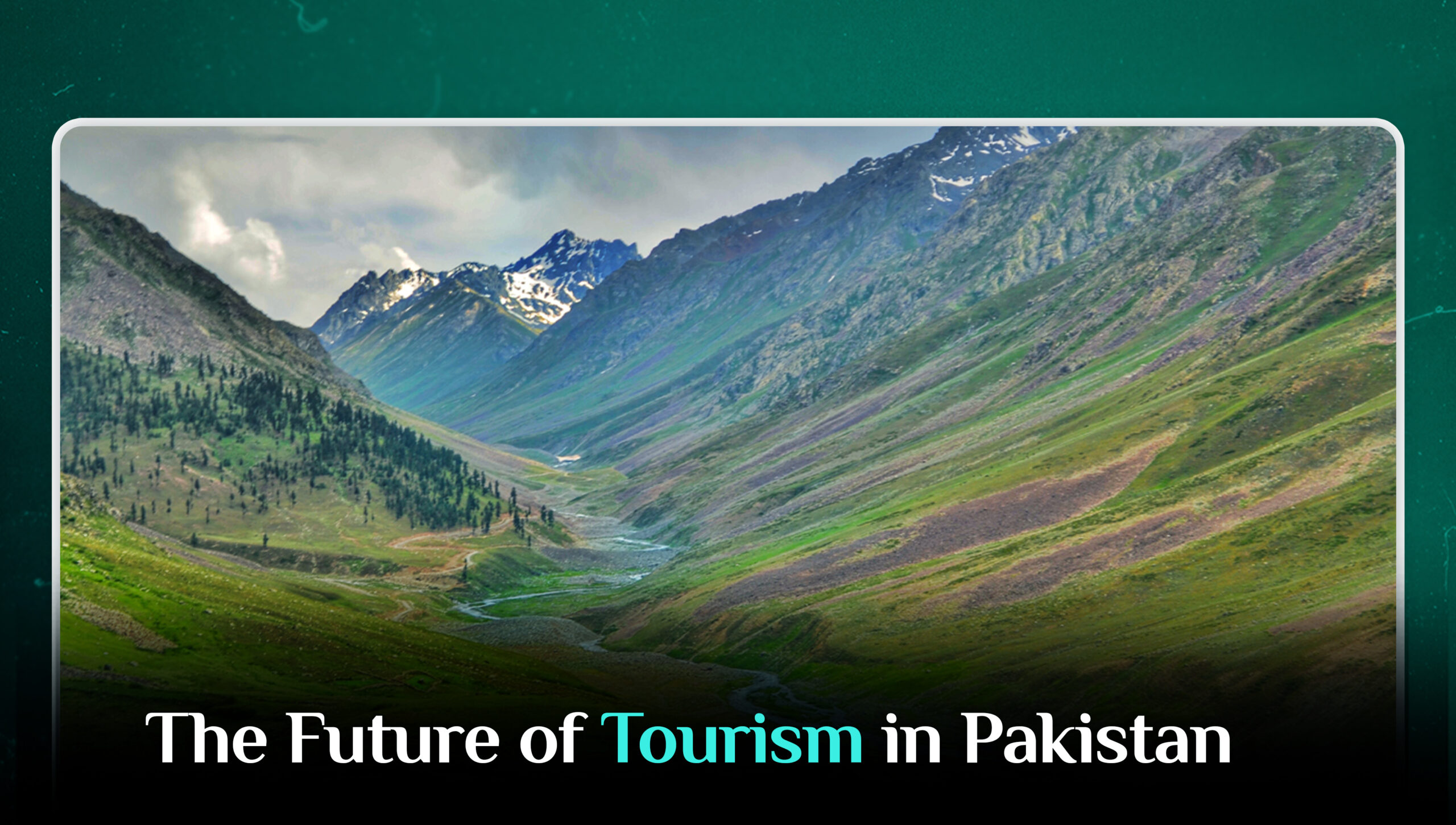Unforeseen events like pandemics and climate change with the advent of technology the future of tourism is also evolving. Tourism is an important indicator to boost the economy of the country. According to the United Nations World Tourism Organisation, tourism has increased manifold in the last two decades and become one of the significant factors to increase the economic growth of the country, driving socio-economic development and growth of the globe.
Pakistan is abundant with scenic beauty and has diverse flora and flora. The Karakoram, Himalayas and Hindu Kush mountains and alpine meadows, perennial snow lines, a wide range of forests and integration with the Sahara Desert, wetlands and coastal lands and the vast Indus plains provide extremely rich plants.
Business Opportunities that Tourism Industry Offers
In 2020, the World Travel and Tourism Council reported that the tourism industry is growing at a rate of 3.5%. The organisation has projected that GDP related to Travel and Tourism industry is expected to grow at a rate of 5.8% annually between 2022 and 2032. It is the third largest category of international exports and creates a massive number of jobs. The Travel and Tourism Competitiveness Index (TTCI) evaluates “the set of issues and policies that permit the sustainable development of the Travel & Tourism. This sector creates employment opportunities for 3.34 million jobs (5.1% of total employment) (WTTC, 2021). However, the total share of employment was about 6.0%, and the indirect contribution of the industry to total employment was about 3.5 million jobs and probably increase by 2.7% in 2027 to 4.783 million jobs (6.3% of the total) (WTTC, 2017). In 2013, the TTCI index ranking was dropped due to poor regulation and policies (Khan, 2013). In 2017, the worst ranking for Pakistan was visa requirements, ranking 135 out of 136 countries. Tourism branding and promotion were 125. The quality of tourism infrastructure rated 123, while hotel rooms got a ranking of 129. Whereas in 2019 and 2022, the ranking improved due to the provincial government’s efforts. The Punjab government has registered 640 new hotels and restaurants after devolution. The restoration and renovation of various tombs and archaeological sites have been initiated. Along with that, the government is ensuring the provision of public facilities like washrooms, golf carts, benches, and heritage rickshaws also helped increase the number of tourists (Ahmed, 2022). It is important to pay attention to the tourism industry because it has the potential to increase business activities.
The tourism industry plays a significant role in boosting business and creating revenue for the local communities. Tourists who are visiting any destination will spend money that can boost the local economy. The spending occurs in different ways such as shopping at local stores, dining at restaurants and spending on various tourist activities.
It creates jobs for the local residents in different fields such as transportation, hospitality and entertainment. With the increase in tourism activities, the job opportunities will also increase. It helps in lowering the unemployment rate in the country and boosts the standard of living of the people.
To support the tourism industry the infrastructure development programs will be increased. As more people come to an area, the need for amenities, such as accommodation, roads, and public transportation has also increased. To fulfil the demand government either has to revamp the existing infrastructure or build a new one.
Risk in the Tourism Industry
For sustainable development in the tourism industry, it is imperative to understand the risk that would affect the future and existing infrastructure of the industry. The travel agency recently published a report stating that one of the potential challenges this industry is confronting is the massive increase in dwellers’ dependence on it. The countries like Pakistan which is heavily relied on the tourism industry and consider one of the countries which will be affected by climate change-induced events need to prepare an emergency plan as it has weak government management and existing structure. It will be easier for the government to make strategies to mitigate the looming risks than to rebuild the tourism infrastructure after a natural disaster. Recent studies have highlighted that the tourism industry is causing an intangible burden in terms of environmental degradation, destruction of local lifestyle and damaging the existing infrastructure. For instance, Murreee is one of the largest tourist attractions and is attracting massive tourists over the year because of the large influx of tourists it has become difficult for the management to handle solid waste. In turn, it is damaging the existing infrastructure and it has been under tremendous pressure.
If the government and concerned authorities did not make efforts to address the irregular construction activities, solid waste and wastewater generation then it will cause permanent damage to the environment and local biodiversity which be irreversible. Apart from this, the inflow of tourists will increase the local rents, overcrowding and breach the privacy of local people. Generally, the policies related to tourism implemented by the government are focused on increasing the external operating factors or cost of tourism. Its only purpose is to improve the existing airport and transportation network to accommodate visiting tourists.
What Government should do to Mitigate and Manage the Risk?
The government of Pakistan should look into the plans to manage the emissions of greenhouse gases, protect the natural ecosystem, restore the ecosystem, energy cost, water resources and solid wastes. Keeping in mind the social, cultural, natural and historical assets are the real assets that government intend to sell. Moreover, to ensure that Pakistan’s tourism industry can be developed in a way that maximises the benefits and avoid risks; a systematic approach must be taken to assess the authenticity of the terrain and plan to implement the strategy.
WTO and UNEP have recommended the following strategies to formulate a sustainable development plan for tourism.
A comprehensive and efficient plan
Follow-up actions involving many stakeholders
Essential long-term plan
Proper labelling with global and local impact
Promote sustainable consumption
Sustainable development and quality equality
Improve private and public partnership
Improve communication between value chains, the public sector, businesses, NGOs and service providers.
Improve the infrastructure and support MSMEs through the provision of low-interest loans and grants.
Increasing the eco-culture and eco-responsibility among the population.
Management of seasonality by creating new tour products.
Conclusion
The future of tourism is affected by unforeseen events such as climate change events, risks and pandemics. Due to human activity, the environment is affected such as environmental degradation, pollution in water resources and solid waste. Moreover, the future risk of climate change is looming in Pakistan and to mitigate that government has to take proactive steps such as following sustainable development and eco-friendly environment strategies.
This article is written by Sehrish Irfan. Sehrish is a Research Analyst at the Iqbal Institute of Policy Studies (IIPS)



Leave a Reply